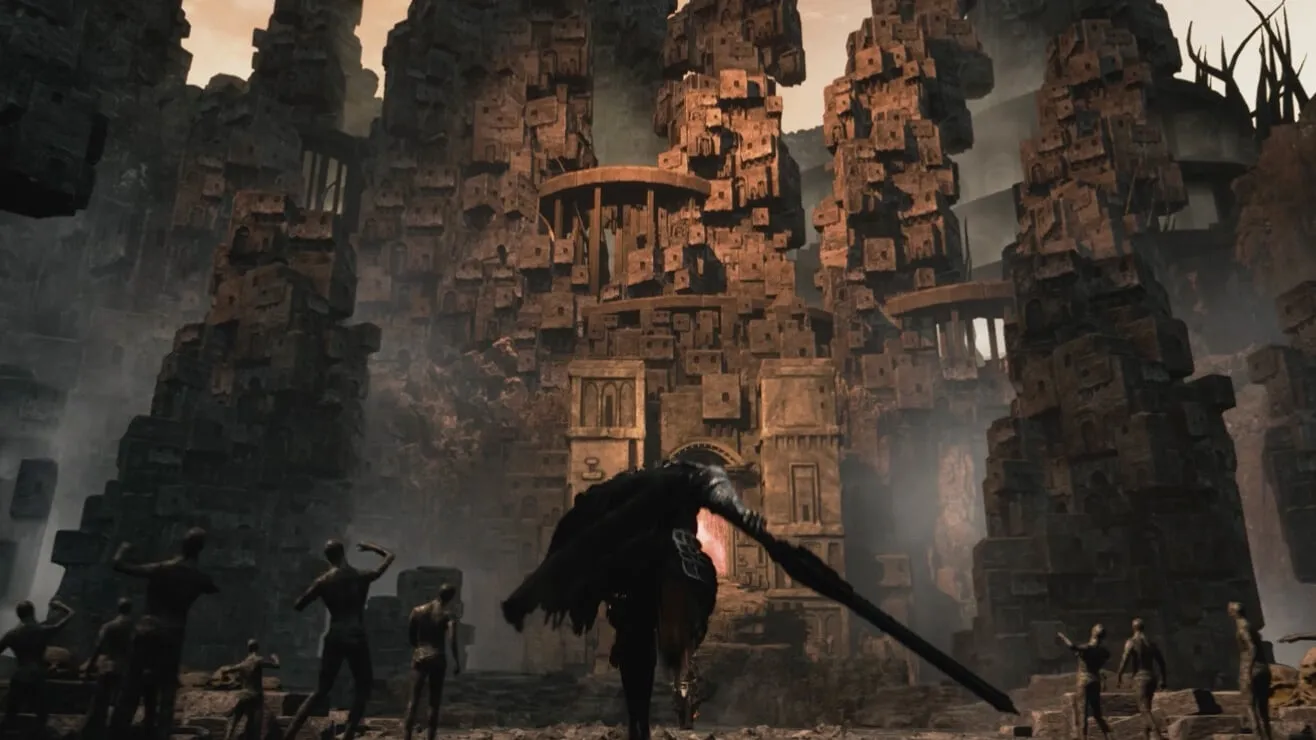Sui’s Dynamic Model and Object-Based Chain
Sui’s unique approach to on-chain assets has been drawing in game developers, and it’s all thanks to its object-based chain. The network is well-optimized for games, which consist of hundreds, if not thousands of in-game objects created in game engines like Unreal Engine 5 or Unity. It allows game developers to more easily and seamlessly evolve in-game asset NFTs over time, because Sui’s on-chain assets can change dynamically in real-time as players are leveling up items like a sword, for example.
Rival player kills and achievements secured with specific items can be added to that item’s metadata—or the data that describes the unique attributes of an NFT—automatically, allowing players to “write” their own histories with each item as they play. Such dynamic items are possible on Sui without having to burn and reissue items to reflect the new data, as developers might on other blockchain networks.

“When tokens are burned and re-minted on other chains, their histories are typically lost unless developers make a point of manually adding an item’s previous data to the new one,” explains Palma. “Sui’s dynamic model allows you to keep all of that provenance, which should drive the value of these items over time—both for players and for the ecosystem. So it’s just a really cool new feature that you can bake into your games that wasn’t really possible on-chain before.”
Sui’s Growing Ecosystem
Over 40 games are building on Sui so far, even though the mainnet has only been live for a few days. The startup behind Sui, Mysten Labs, has been working closely with game developers and won’t be taking a hands-off approach. Over the next month, numerous games will launch on Sui, including a “Walking Dead” game and Final Stardust from Orange Comet, Project Eluune from Arrivant, and Run Legends from Talofa Games, as well as metaverse game Worlds Beyond plus the Overwatch-esque Bushi.
Ghost Ivy, a Web3 game studio building a first-person shooter (FPS) game called Haven’s Compass for PC and mobile, chose Sui because of its “usability” for gaming. “For us, it’s important that the game can stay online nonstop, and that the players won’t need any interaction with the blockchain. Sui makes this easier for us as developers,” said Ghost Ivy CEO Fares Alu-Taleb.
Abyss World is another Web3 game in development from Metagame Industries that will leverage Sui in a number of ways. Its developers want Abyss World to be a high-end, “AAA” role-playing game (RPG) that offers both player vs. player (PVP) and player vs. environment (PVE) game experiences, as well as an auto-battler mode through cloud gaming—which means the game can be played on either a phone or PC without having to download any files.

Metagame President Kinson Hou believes that the transaction speed is super-fast, adding, “I think it’s one of the only blockchains that can go to the internet’s scale.” Abyss World also wants players to be able to launch their private servers. Hou sees that as an important part of its community-driven model, in which all game events impact other players, and gamers get to create a collective “player-driven history” in a singular timeline.
Very Appealing destination
Sui has already positioned itself as one of the most appealing destinations for Web3 game developers, despite being the newest to the game so far. Its unique technical specifications and different approach to on-chain assets have made it a compelling alternative for budding game makers. Its dynamic model and object-based chain allow game developers to more easily and seamlessly evolve in-game asset NFTs over time. This is made possible because Sui’s on-chain assets can change dynamically in real-time as players are leveling up items like a sword, for example. Rival player kills and achievements secured with specific items can be added to that item’s metadata, allowing players to write their own histories with each item as they play.
💥Get ready to play on @SuiNetwork!
— Mysten Labs (@Mysten_Labs) May 1, 2023
📺Watch real gameplay footage of these incredible Mysten Labs' partners: pic.twitter.com/66qlt5n68Y
According to Palma, Sui allows game developers to upgrade the NFT based on its metadata. This could include upgrading an NFT from “gold” to “legendary” to “mythic.” These dynamic items are possible on Sui without having to burn and reissue items to reflect the new data, as developers might on other blockchain networks.
Sui’s unique technical specifications and different approach to on-chain assets have made it a compelling alternative for budding game makers. Its ability to process transactions in parallel and scale horizontally by adding more nodes to keep up with demand is designed to keep its transaction fees very low as more and more games and dapps come online. Its dynamic model and object-based chain allow game developers to more easily and seamlessly evolve in-game asset NFTs over time, and Sui’s on-chain assets can change dynamically in real-time as players level up items, write their histories with each item, and upgrade NFTs based on their metadata.

Thanks for reading Solanews , remember to follow our social media channels for more

